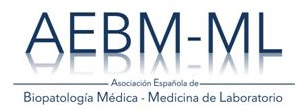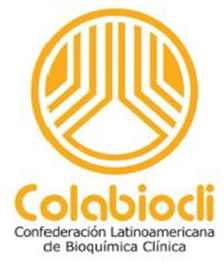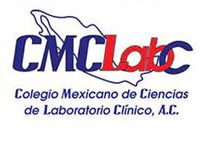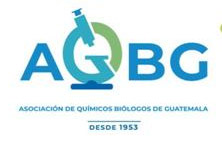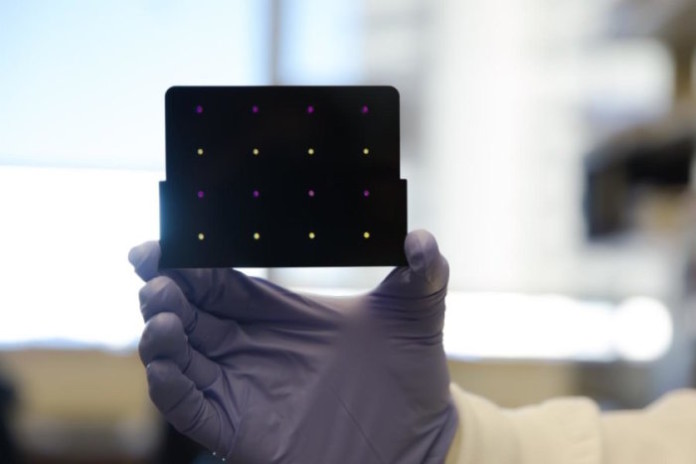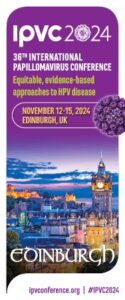Fasting is a problem for many patients, they explain, and note the latest research shows that cholesterol and triglyceride levels are similar whether people fast or not.
The experts represent the European Atherosclerosis Society (EAS) and the European Federation of Clinical Chemistry and Laboratory Medicine (EFLM) joint consensus initiative.
They refer to new research from Denmark, Canada, and the United States that included over 300,000 people and found it is not necessary to have an empty stomach to check cholesterol levels.
Apart from Denmark, all countries require that patients fast for at least 8 hours before checking their cholesterol and triglyceride levels – referred to as “lipid profile.” In Denmark, non-fasting blood sampling has been in use since 2009.
Arguing their case in a European Heart Journal article, the experts say fasting is a “barrier to population screening” and can be a problem for many patients, particularly children, older adults, diabetes patients, and workers.
“Interestingly, evidence is lacking that fasting is superior to non-fasting when evaluating the lipid profile for cardiovascular risk assessment,” they note. “However, there are advantages to using non-fasting samples rather than fasting samples for measuring the lipid profile.”
Non-fasting and fasting tests ‘not mutually exclusive’
In the journal article, the researchers discuss fasting and non-fasting lipid profile testing and recommends non-fasting for most patients, but they note there are cases when fasting tests are sometimes required, and the two tests should be “viewed as complementary and not mutually exclusive.”
Non-fasting is recommended for most patients, particularly if it is their first lipid profile test, if it is for cardiovascular risk assessment, or if patients express a preference for a non-fasting test.
Non-fasting is also recommended for children, elderly patients, patients on stable drug therapy, and patients admitted with acute coronary syndrome – they will need repeated lipid profile testing later because the condition lowers lipid concentrations.
Diabetic patients should also have non-fasting tests because of higher risk of hypoglycemia, and because fasting can mask high levels of triglycerides (hypertriglyceridemia).
A fasting test can sometimes be required if the non-fasting test shows triglyceride levels above 5 mmol/L (440 mg/dL).
There will also be other specific cases, relating to hypertriglyceridemia, when fasting tests will be necessary. For example, patients with known hypertriglyceridemia being followed in lipid clinic, starting on medications that cause severe hypertriglyceridemia, and recovering from pancreatitis caused by hypertriglyceridemia.
There may also be specific cases where the lab test requires a fasting or morning sample – for example, to test fasting glucose or in monitoring certain drug effects.
However, even in the case of fasting glucose, the authors note that in many countries this measurement is being replaced by measurement of hemoglobin A1c without the need to fast.
Non-fasting testing ‘will improve patient compliance’
The team says that in Denmark, patients, doctors, and testing labs have all benefited from non-fasting testing. It cuts the cost of return visits, emails, phone calls, and follow-up. Doctors also spend less time having to review tests at a later date.
First author Børge Nordestgaard, a professor in the Department of Clinical Medicine at Herlev Hospital, University of Copenhagen, says moving to a system of non-fasting lipid profile testing “will improve patients compliance to preventive treatment aimed at reducing number of heart attacks and strokes, the main killers in the world.”
More patients having the tests also gives doctors opportunity to advise more people on how to prevent heart attacks and strokes, he says. “We hope that non-fasting cholesterol testing will make more patients together with their doctors implement lifestyle changes and if necessary statin treatment to reduce the global burden of cardiovascular disease and premature death.”
Source: Medicalnewstoday.com






